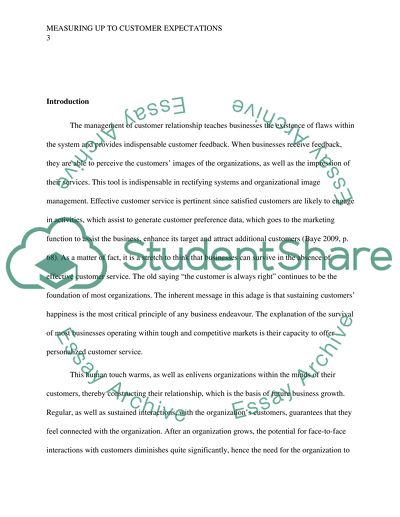Cite this document
(Measuring Up to Customer Expectations Literature review, n.d.)
Measuring Up to Customer Expectations Literature review. Retrieved from https://studentshare.org/marketing/1473044-measuring-up-to-customer-expectations
Measuring Up to Customer Expectations Literature review. Retrieved from https://studentshare.org/marketing/1473044-measuring-up-to-customer-expectations
(Measuring Up to Customer Expectations Literature Review)
Measuring Up to Customer Expectations Literature Review. https://studentshare.org/marketing/1473044-measuring-up-to-customer-expectations.
Measuring Up to Customer Expectations Literature Review. https://studentshare.org/marketing/1473044-measuring-up-to-customer-expectations.
“Measuring Up to Customer Expectations Literature Review”, n.d. https://studentshare.org/marketing/1473044-measuring-up-to-customer-expectations.


